Here at Food Blogger Pro, we’re big believers in diversifying your income streams. And one potential income stream for food creators is… Instagram!
With the sun-setting of Instagram’s Reels Play Bonus in March of 2023, many Instagram creators are looking for new (or just more!) ways to monetize their Instagram accounts. While many food bloggers primarily use Instagram as a means to drive traffic back to their sites, there are lots of other opportunities for earning money on the platform.
Curious to learn more? Let’s dive in!
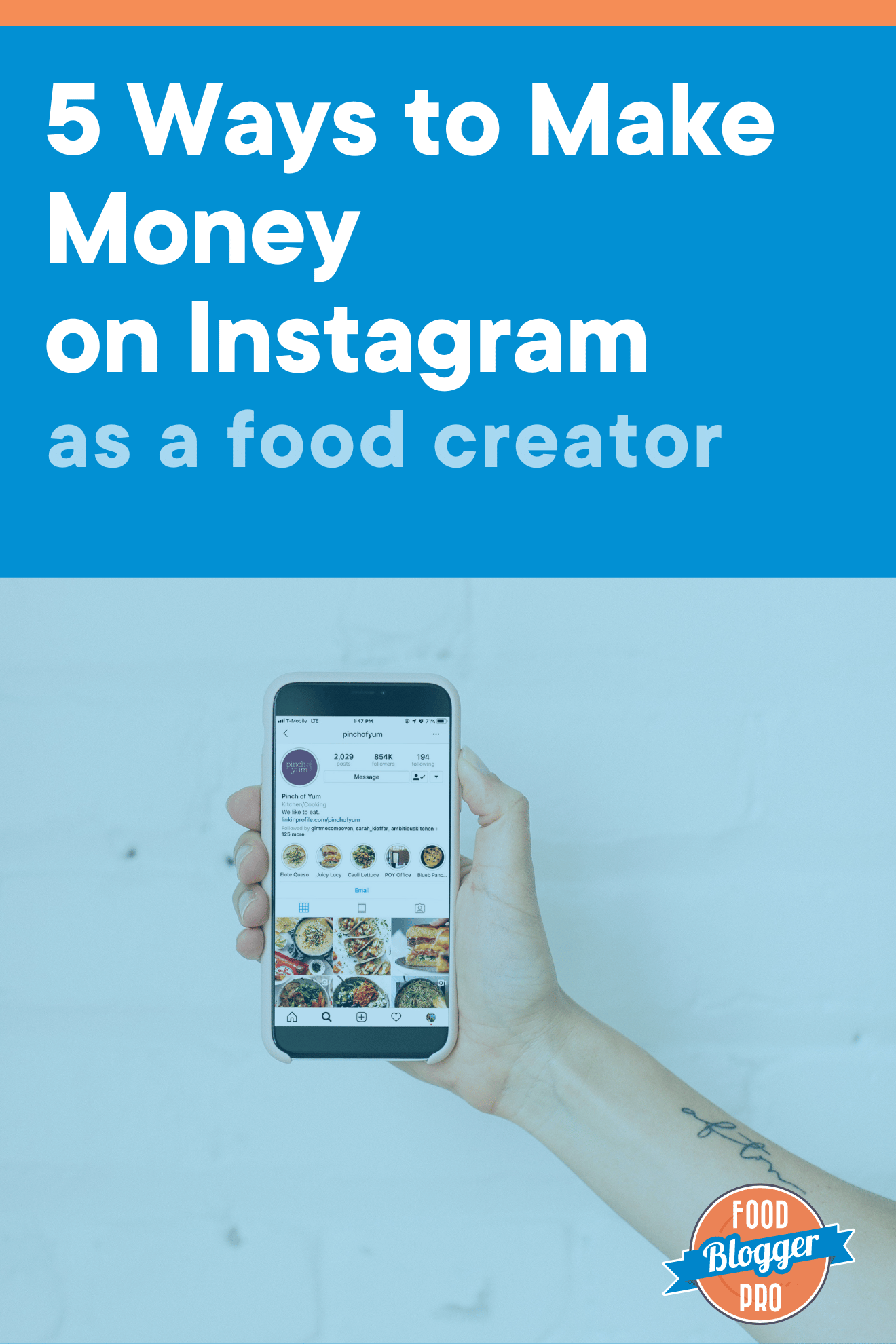
1. Instagram Subscriptions
In 2022, Instagram launched the subscriptions feature, which allows creators to earn recurring revenue from subscribers in exchange for exclusive content. At the time of this blog post going live, you need to have at least 10,000 followers, be over the age of 18, and live in the U.S. to be eligible for subscriptions (though this will likely expand in the near future, so stay tuned!).
Subscribers pay a monthly fee (anywhere between $0.99 to $99) for access to exclusive content — think Stories, Lives, Reels, and chats that are only available to subscribers. As a food creator, you might consider sharing exclusive recipes or behind-the-scenes content on Stories, hosting cooking classes for subscribers on Live, or creating additional Reels of certain recipes that will only be available to your subscribers.
2. Instagram Shops
Do you have products or branded merchandise to sell? Maybe a cookbook, e-book, or cute apron with your logo on it? Then you might want to consider opening an Instagram shop!
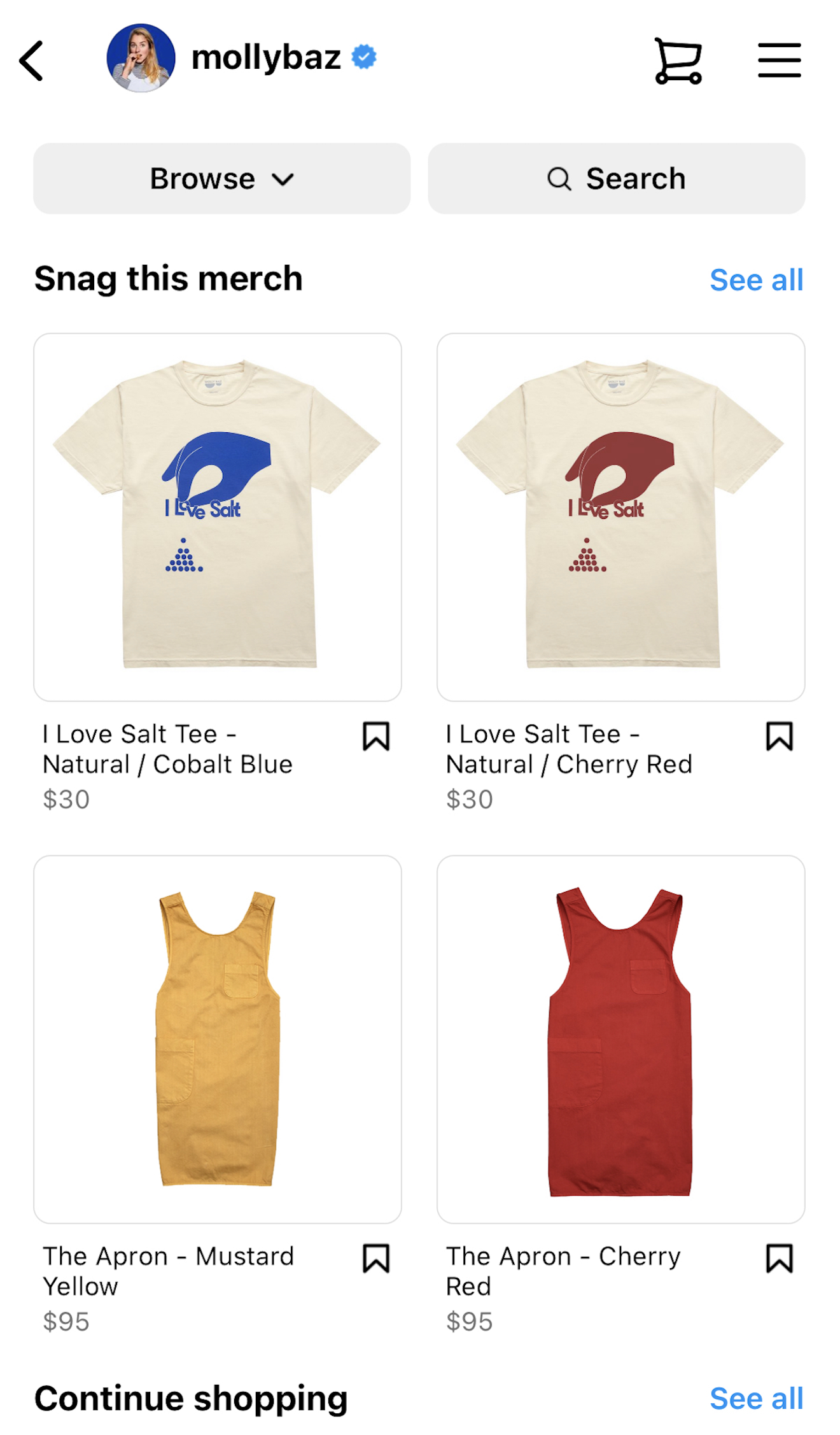
You can use the platform’s native e-commerce tool to sell your products and make money directly on Instagram. You can also tag your merchandise in posts, Stories, and Reels on Instagram to direct users directly to your shop. Pretty nifty!
3. Sponsored Posts and Brand Partnerships
Most food bloggers are familiar with the concept of sponsored content — it’s a super common way for food bloggers to monetize their content. Sponsored content is when a brand pays you (the content creator) to share a post about their product or to create a recipe featuring their product, as a means of advertising their product.
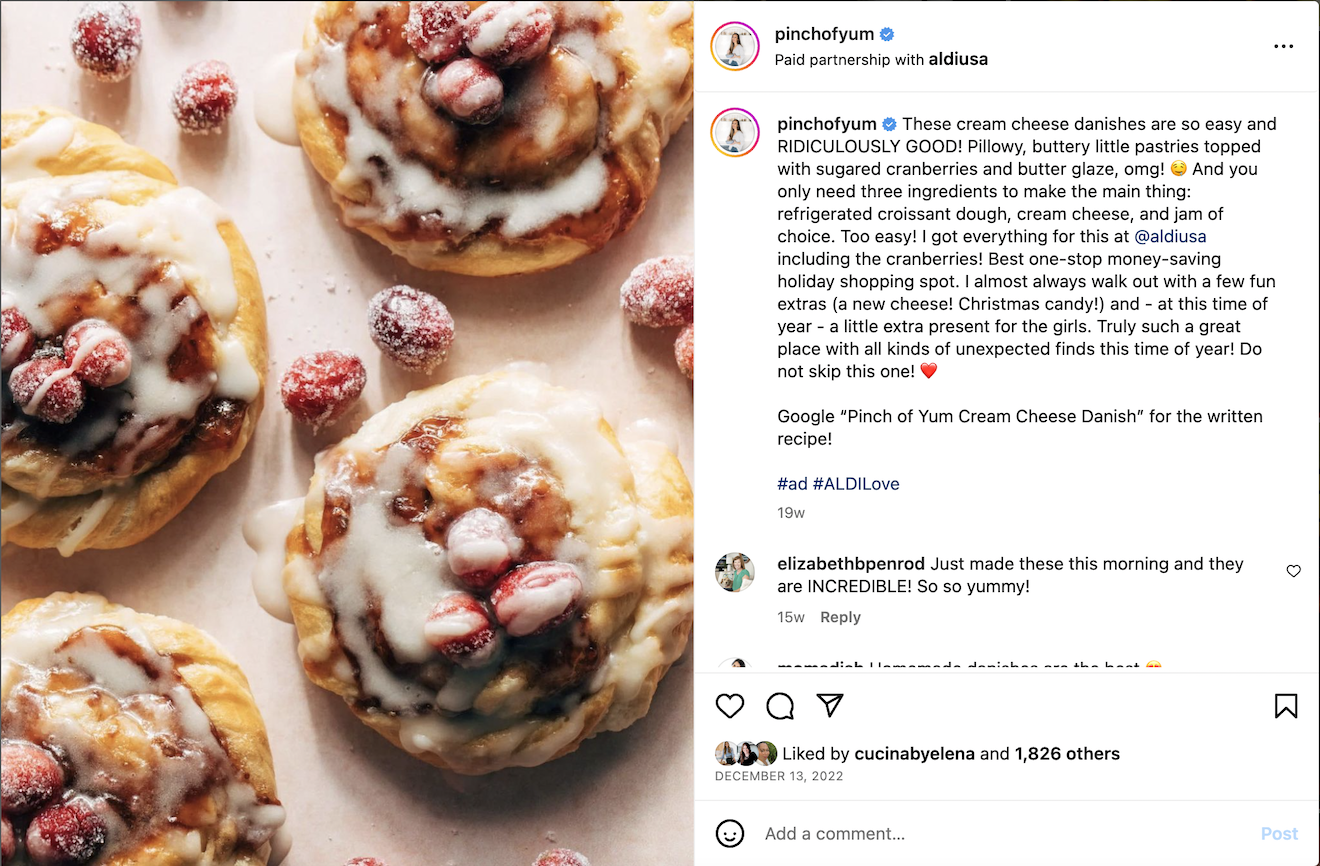
While a sponsored content contract for a recipe blog post might also include social media posts, you can also offer a post on Instagram (as a Story, Reel, or feed post) as a standalone option as part of a paid brand partnership.
A sponsored post on Instagram provides an opportunity to share a product that might not necessarily merit a full recipe blog post (i.e. coffee beans, a snack food, or a wine) with your audience, and gives you more flexibility when it comes to determining which brands you might want to work with!
Want to learn more about sponsored content contracts?4. Affiliate Links
Instagram is a natural place to include affiliate links to products you use and love so that you can earn a commission from sales made through that link. Food creators can share links to kitchen tools, cookbooks, and food products that you use and can recommend to your users.
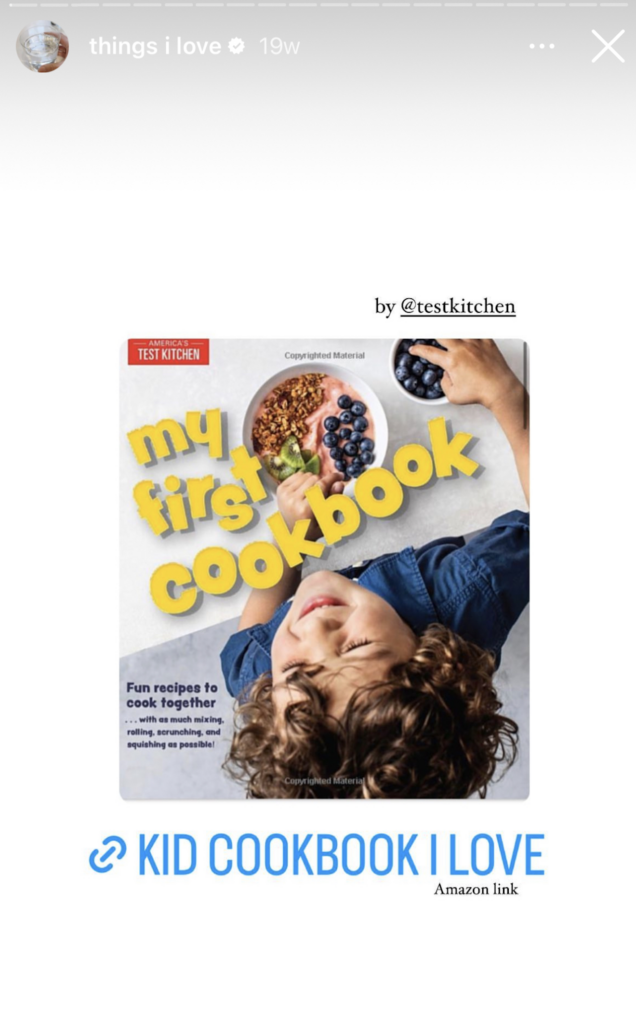
In order to have real success with affiliate links (both on Instagram and your blog), it’s critical that you serve as a trusted resource for your followers. Do your followers know who you are? Do they connect with you? Building this trust takes time and consistency, but making sure that you truly believe in the products you’re sharing is a very important step!
Sharing affiliate links in video is one of the best ways to personalize the product. Showing your followers that you actually use the product in your own kitchen (or life) is one of the easiest ways to authentically incorporate affiliate links into your content.
P.S. Don’t forget to disclose any affiliate links with clear, succinct language in your posts (“Affiliate link” usually does the trick!).
5. Link back to your food blog
As a food creator, Instagram is a no-brainer platform to use to help drive traffic back to your blog. Whether you’re linking brand new or oldie-but-goodie recipes, sharing your recipe posts on Instagram is an easy way to let your followers know about your content.
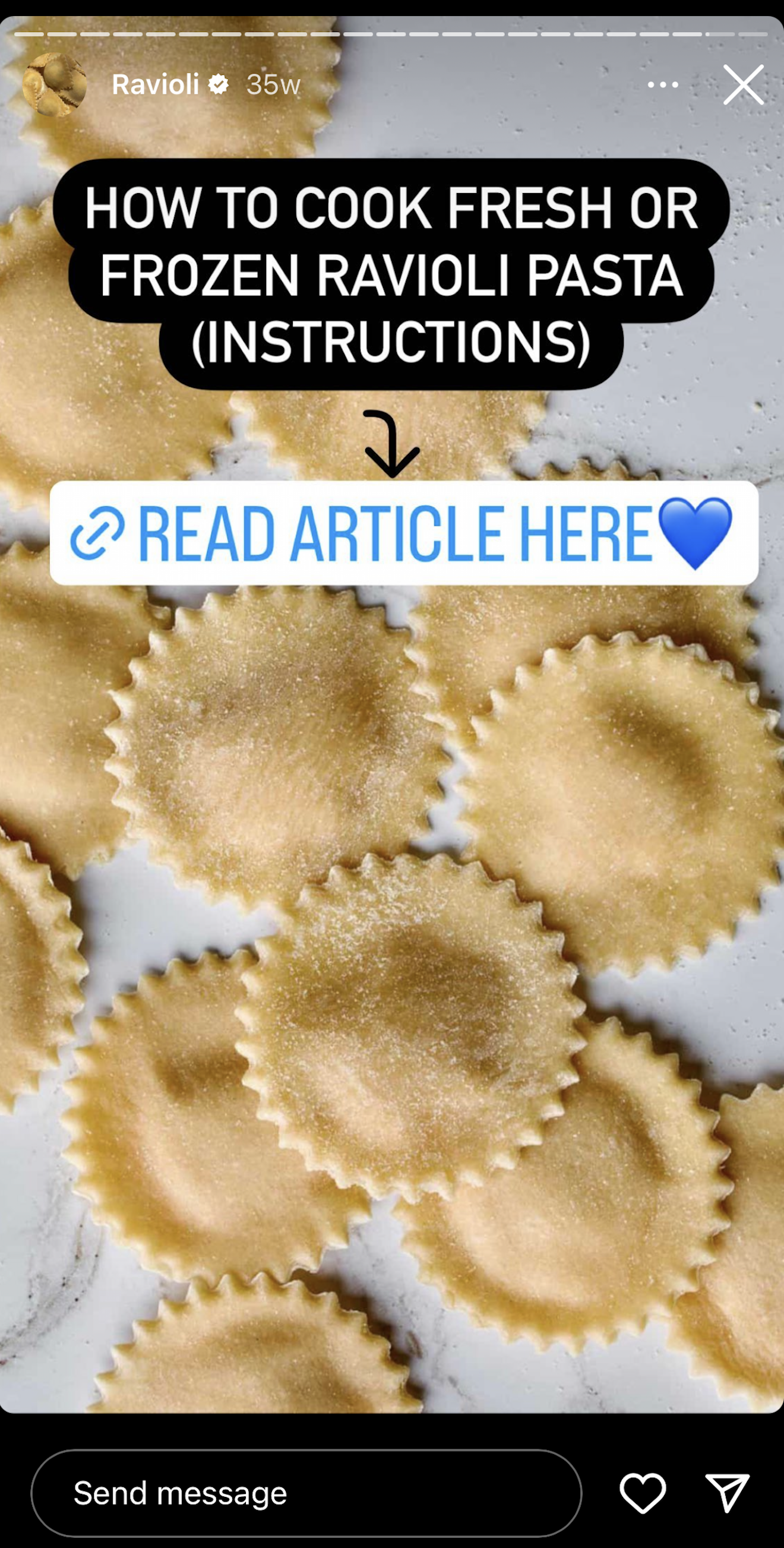
One of our favorite Instagrammers and food bloggers (Elena Davis from Cucina by Elena) shared a few quick tips with us for increasing engagement with your links on Instagram Stories:
- Vary the text in the Link. For example, when I link a recipe, instead of it showing up as the URL cucinabyelena.com, I change the title to the recipe name or say, “make this ASAP”
- Include a moving arrow pointing to the link to remind people to click.
- Have your call-to-action (the link) in the last frame or last few frames of your Stories, and wait several hours (or even a day) to post more. When you post a link and people follow it, they may not come back and see the rest of your Stories. So make sure you place them where it makes sense for someone to drop off.
Analytics are your friend
Before we wrap up, we wanted to mention the importance of tracking your Insights on Instagram, especially when sharing sponsored content or affiliate links.
If you have a Creator or Business account on Instagram, you can explore your Insights by:
- Clicking on the 3 lines in the upper-right corner of your Profile page and then clicking “Insights”
- Under “Content You Shared” select the Story you’re interested in.
- Scroll down to “Story interactions” and “Navigation” to see more information about link clicks and whether the user clicked to the next story, exited, or clicked forward.
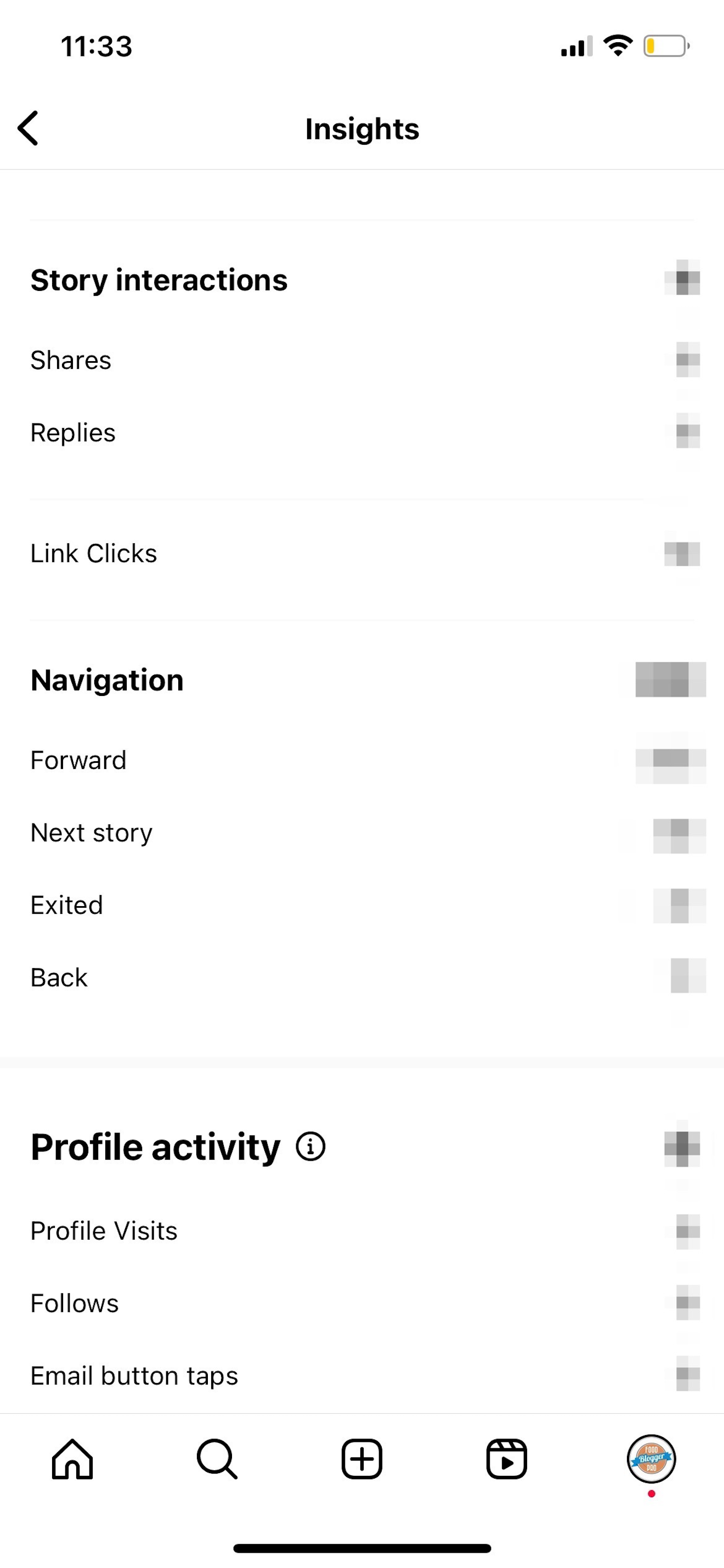
Are your followers consistently skipping over your sponsored content? Do they click out of your Stories as soon as they see an affiliate link? If so, think about how you might switch up your strategy for sharing this type of content to keep your followers engaged.
Conversely, did an affiliate link you shared perform super well? Do more of that! Find the products that resonate with your audience, and then experiment until you determine the most successful approaches for sharing them with your followers. Then you have a winning strategy for monetizing on Instagram!
Well that wraps up our deep dive into strategies for making money on Instagram as a food creator. Do you currently monetize on Instagram? If so, what’s your most significant source of income?
I just want to thank you for sharing your experiences and knowledge with others.
You’re welcome! Glad you found the post informative.
Social media is a great tool to utilize to make money. But what if they are not active there like me?
Hi, Dipak! As you said, social media is a great tool for monetizing, but isn’t necessary to make money as a food creator if you’re not active on social media! You can lean into SEO, freelance work, etc. instead!